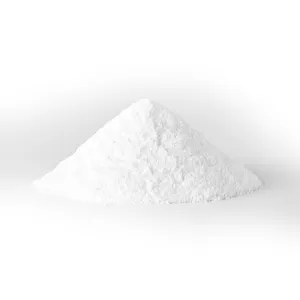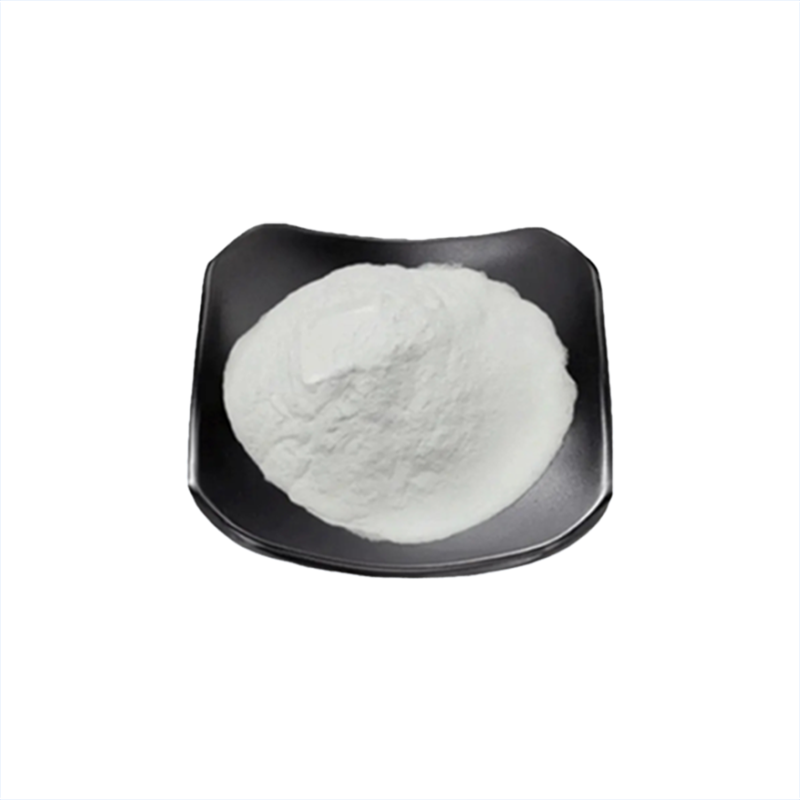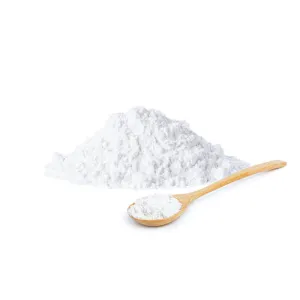93,507
November 22, 2023, 5:35 PM
Gasoline: When will the fall be the first time? Smile and watch the oil market be turbulent
Foreword: Recently, China's gasoline market has been full of multi-faceted negative factors, and it has begun a two-month decline...
As of November 22, China's gasoline price index fell by more than 600. Specifically, the 92 #gasoline price index was lowered by 657.94, or 7.01% from October 7; the 95 #gasoline price index was lowered by 657.98, or 6.77% from October 7. However, the trend of the gasoline market has shown slight signs of rising in the past two days. Next, we will learn about the recent situation of China's gasoline market from the perspective of supply and demand.

China's supply: China's supply has tended to tighten in the past two months. Judging from the start-up situation in China, the operating rate of the main refinery in October was 79.52%, a decrease of 3.95% month-on-month; the operating rate of independent refineries was 68.14%, a month-on-month increase of 2.47%. The average operating rate was higher than that in September, but like the main refinery, it showed a trend of increasing first and then decreasing during the month. After the two-day holiday in October, market demand gradually weakened, and the overall refining profit margin continued to narrow. Refineries in many places began to reduce their negative operations and reduce production, maintaining a low production level. The capacity utilization rate directly reflects this phenomenon, especially the decline in operating rates of independent refineries in the first ten days of November is even more significant. According to weekly statistics, as of November 16, the operating rate of independent refineries was 62.97%, down 5.17% from October 26, and the main unit fell 2.53%. According to Tuduo's incomplete statistics, the output of main and independent refineries in early November was approximately 9.2 million tons, a decrease of approximately 740,000 tons from the output in early October. With the general reduction in the burden of main and independent refineries and the lower processing level of refineries, the imbalance between supply and demand in China has alleviated the downward pressure on the market. Next, the number of refinery overhauls in December will be small, or adjusted based on refining profits and China's supply and demand pattern.
China's demand: Refineries downsized and promotions increased as early as the last week before the two-day holiday. After the holiday, the demand for gasoline terminals dropped significantly, mainly reflected in the return of private car travel to daily life, the frequency of travel decreased and the temperature turned cooler, and the fuel consumption of vehicle air conditioners decreased. Coupled with the rapid drop in international oil prices during the holiday period, the reduction of retail price limits for refined oil products, and the negative market factors increased, and a bearish mentality gradually emerged in the middle and lower reaches. Since then, the demand side has remained weak. Traders and others are not active in receiving goods, and most of the gasoline resource inventories are concentrated in the hands of refineries. For this reason, refineries want to use production reduction methods to adjust China's supply and demand and realize inventory transfer. However, the terminal is too weak and the boost is limited. Over time, despite the long-term weak demand, demand has become a certain "constant". Market mentality and changes in international oil prices have stimulated changes in oil prices, but they are mainly small and concentrated around 50 yuan/ton. From the perspective of the market outlook, the weather turns cooler in December, the frequency of private car travel may increase, and gasoline consumption is better than in November; but the probability of smog weather in the north increases in winter, and the probability of environmental protection control also increases or suppresses private car travel.
To sum up, the oil market in December may have improved compared with November, but the oil market will need to continue to follow up on the ups and downs.















